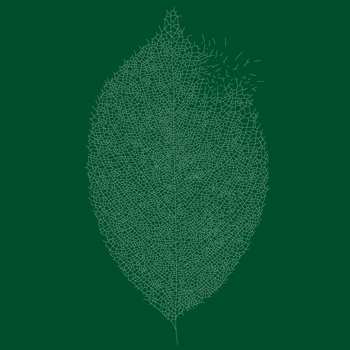Question #07f4e
2 Answers
Explanation:
You know you need 3 integers that all have about the same value because they are consecutive, so divide 39 by 3.
You can then use 2 integers, one greater and one less than -13, to reach -39
Explanation:
Given: three consecutive integers with sum of -39
We know that the integers are consecutive, so let
Since we know that the sum of the three integers is -39, we know that
Solving for this:
In this case, by substituting the computed
1st integer = -14
2nd integer = -13
3rd integer = -12
*Note that it does not matter if you add positive 1 or negative 1 just as long as you use consistent terms and you define your variables properly. So regardless of whether you use x, x - 1, x - 2 to define your three integers or x, x + 1, x + 2, you will still arrive at the same answer.


